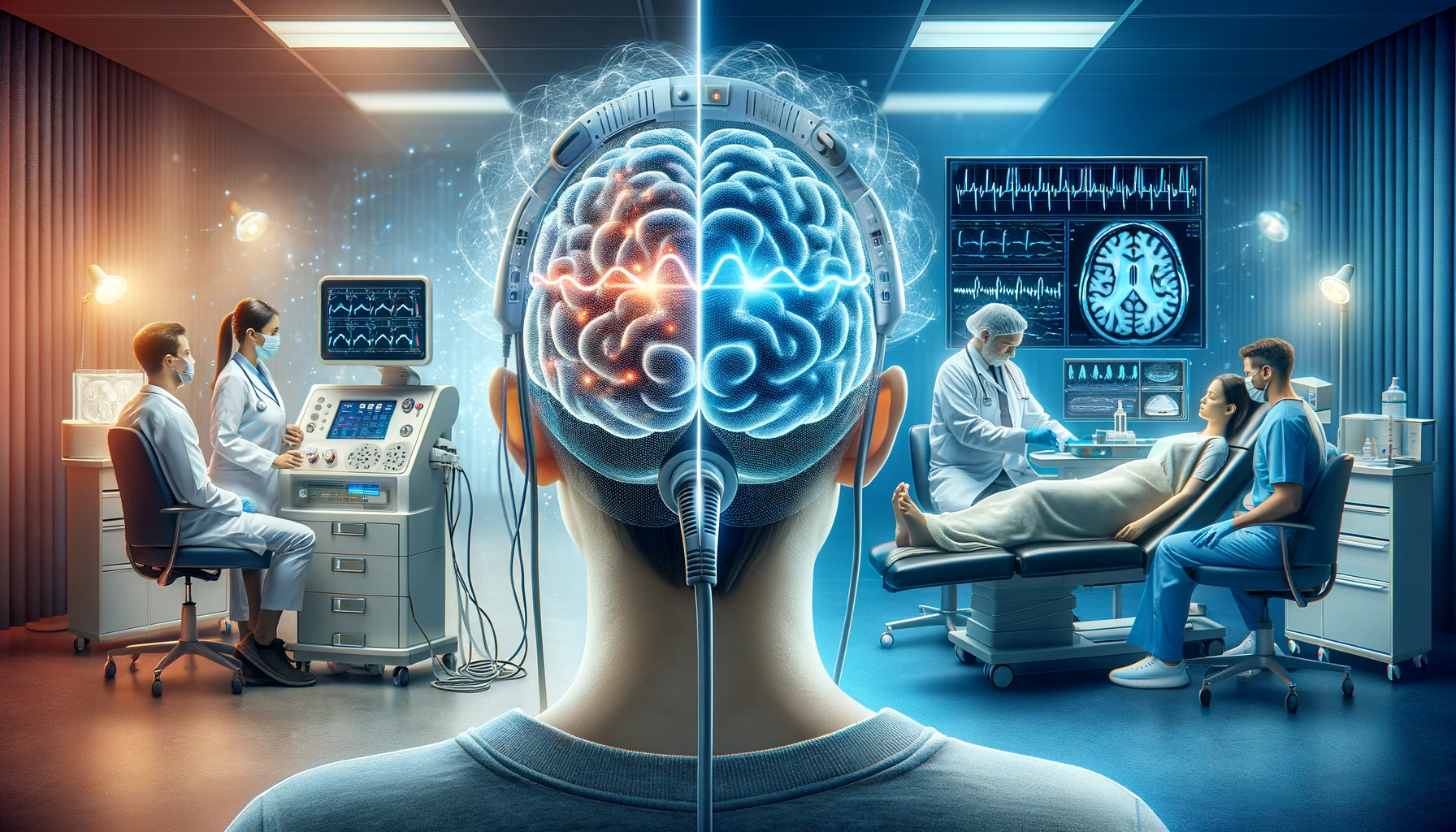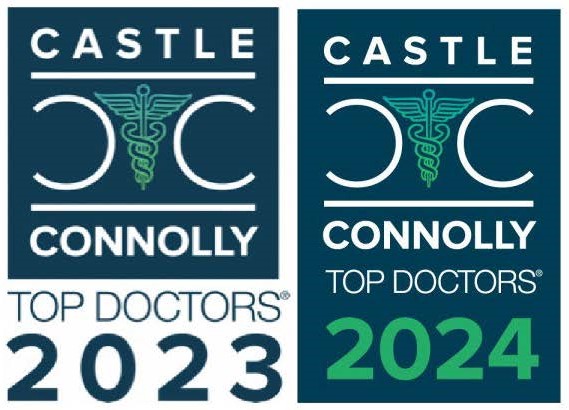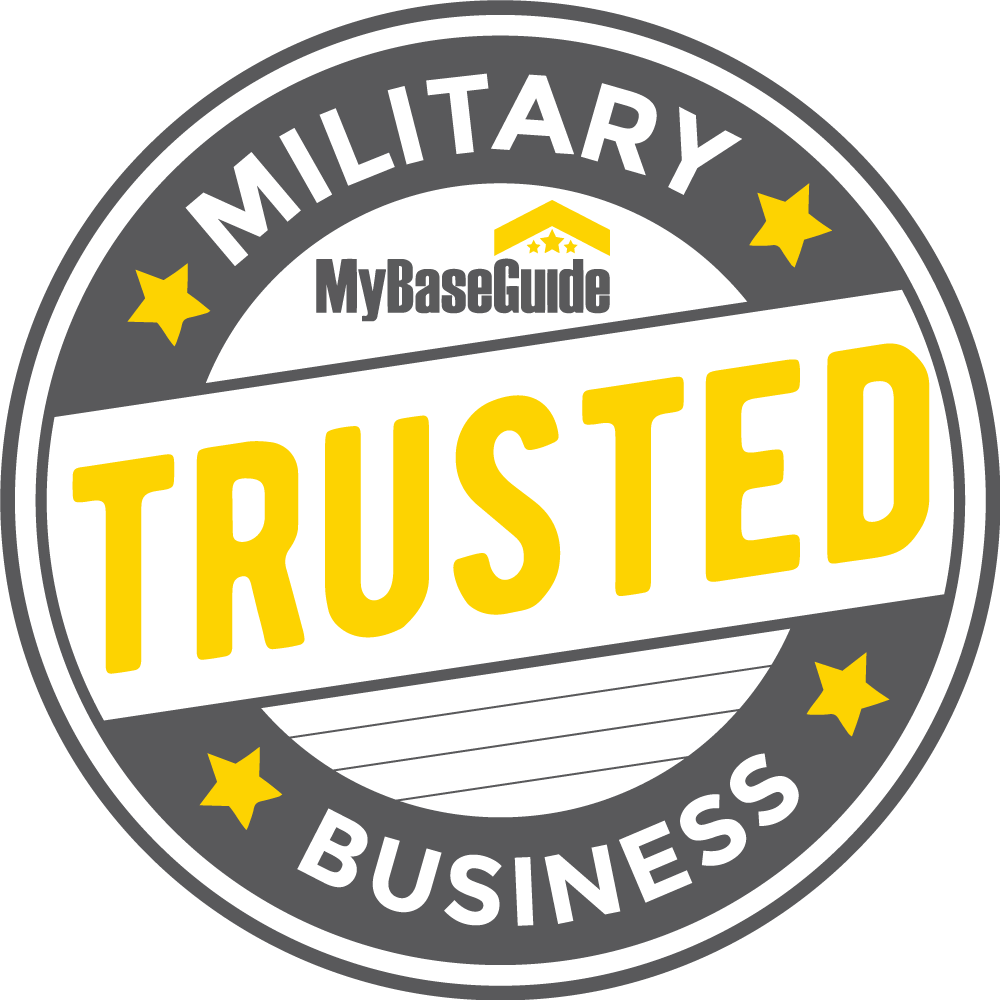
Both TMS and ECT can be used to treat severe depression. However, these two treatments are very different.
Rates of depression have reached an all-time high in the United States. According to the latest statistics, nearly 29 percent of people in the U.S. have been diagnosed with depression at some point in their lives.
Transcranial magnetic stimulation (TMS) and electroconvulsive therapy (ECT) are two different types of treatments for depression. So, how do these depression treatments compare? Let’s take a look.
What Are the Differences Between ECT and TMS?
Below are some of the major differences between these two forms of mental health treatment.
| TMS | ECT |
| Electrical currents are not applied to the head | Electrical current is applied directly to the head |
| Magnetically stimulates parts of the brain involved in depression | Produces a therapeutic seizure |
| Does not require sedation | Patient is sedated |
| Side effects are usually minor and short-term | Side effects are more severe |
What is ECT?
With electroconvulsive therapy (ECT), an electrical current is applied directly to the head while the patient is sedated. This produces a therapeutic seizure. ECT has several side effects including changes in blood pressure, nausea, and memory deficits. Some of the side effects can be long-term. The invasive nature of ECT requires most patients to take time off work for treatments.
ECT can be performed in an outpatient setting. Because ECT is a medically intensive procedure that requires providers with advanced training to be present, it is sometimes performed in an inpatient setting.
What is TMS?
Transcranial Magnetic Stimulation (TMS) involves magnetically stimulating parts of the brain that are involved in depressive and other mental health symptoms. With TMS, the patient does not have to be sedated. Patients are awake and comfortable with TMS. Unlike with ECT, patients who undergo TMS do not have to worry about memory loss and other long-term side effects. Most side effects of TMS are minor and short-lived. TMS is safe, effective, personalized, and targeted.
TMS is performed in an outpatient center. Patients who undergo TMS can usually go back to work the same day as their treatments. They can also drive themselves home.
What is TMS Used For?
Transcranial Magnetic Stimulation is mainly used to treat depression. However, it has been used for a variety of other conditions, including:
- Obsessive Compulsive Disorder (OCD)
- Sleep Disorders
- Eating Disorders
- Anxiety Disorders
- Memory and cognitive impairment
- Addiction and Smoking Cessation
- Post-Traumatic Stress Disorder (PTSD)
- Pain and headaches
- Chronic fatigue syndrome
- Post-concussive syndrome
- Autism Spectrum Disorder (via the MeRT protocol)
TMS can be successful when other treatments haven’t worked.
What Is ECT Used For?
Electroconvulsive therapy (ECT) is typically used when other treatments have not worked.
ECT may be used to treat:
- Severe depression
- Bipolar disorder with mania
- Schizophrenia
- Agitation and aggression in people with dementia
- Catatonia
ECT is not a first-line treatment for these conditions. It’s usually used when patients are a danger to themselves and medications will take a while to work. It’s also used when medications have not been effective.
Side Effects of ECT
The most common side effect of ECT is short-term memory loss. However, there are some other risks when it comes to ECT. These include:
- Confusion
- Concentration and attention problems
- Memory loss
- Nausea
- Changes in blood pressure
- Increased heart rate
- Muscle aches
Most of the time, memory loss clears up within a couple of months. However, some patients experience permanent memory loss because of ECT.
Side Effects of TMS
The side effects of TMS are uncommon. If they do occur, side effects may include:
- Scalp tingling or pain
- Lightheadedness
- Headaches
- Sleepiness
- Facial spasms
In very rare cases, TMS can cause seizures. The risk of developing seizures during the course of TMS treatment is less than 0.1 percent. Because of this risk, TMS is contraindicated for anyone who has a history of epilepsy or seizures.
Cost
The costs of these procedures vary by provider. However, overall, TMS is much less expensive than ECT. One study found that Repetitive Transcranial Magnetic Stimulation (rTMS) was both more effective and cheaper than ECT.
Convenience
TMS is much more convenient than ECT. TMS is minimally invasive while ECT is more invasive. Unlike ECT, TMS does not require anesthesia. Because patients are given anesthesia for ECT, they will have to stop eating eight hours before the procedure. This does not need to happen with TMS.
With ECT, patients must arrange transportation after the appointment. In some cases, they will be required to stay in the hospital. With TMS, patients can drive themselves to and from appointments. Usually, patients don’t have to miss much work with TMS.
Testing
ECT requires more testing before treatments compared to TMS. With ECT, patients will typically have to have blood and urine tests. Doctors will want to check thyroid and kidney functioning as well as perform a complete blood count (CBC). They might want to also do imaging tests (X-rays) as well as an electrocardiogram (ECG).
Although blood tests may be required for TMS, they are usually limited. Imaging and other tests are typically not needed for TMS.
TMS Vs. ECT: Frequently Asked Questions (FAQs)
Here are some of the most frequently asked questions that we get about how TMS compares to ECT.
Do Patients Prefer TMS Over ECT?
According to research, both TMS and ECT are effective for depression. However, patients prefer TMS to ECT and would be more likely to choose it if their insurance carrier covers it. Patients are more likely to opt for TMS because it is non-invasive, safe, and effective.
Can You Receive TMS if You’ve Had ECT?
Yes! You can get TMS if you have tried ECT in the past. There are no contraindications for receiving TMS after undergoing ECT.
Which is Safer TMS or ECT?
TMS is a safe and effective choice for treating medication-resistant depression. TMS activates the brain’s healing processes more gently compared to ECT. TMS does not require hospitalization or anesthesia nor does it induce seizures making it less risky than ECT.
Takeaway
Both ECT and TMS are procedures used to help treatment-resistant depression. These treatments both stimulate the brain. However, they are very different both in terms in terms of how they work and their effects.
TMS is much less invasive than ECT and costs less, as well. Most patients prefer TMS over ECT for these reasons.
Interested in TMS? Contact us today to schedule your consultation.













